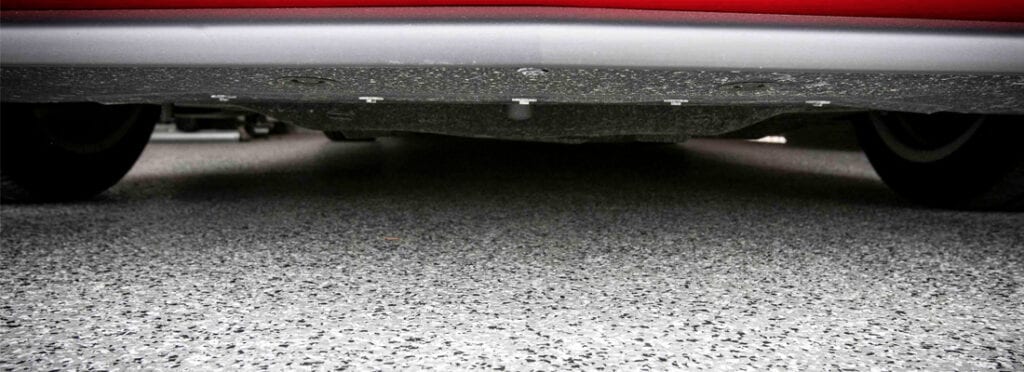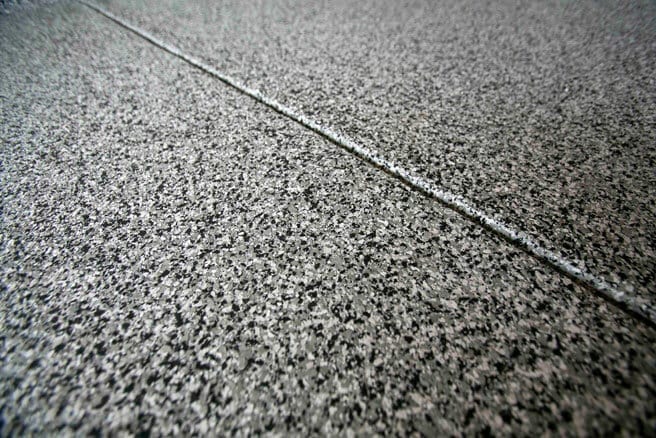Epoxy resin is a synthetic material that you can use in various applications and is continually rising in popularity. You may be wondering how to use epoxy resin and what it’s used for. You can use epoxy resin for both household and industrial uses. Different epoxy or resins have different properties so you can use them in a variety of ways. From the production of epoxy flooring in your garage to the manufacturing of fashion jewelry, let’s explore the versatility of epoxy resin.
What is Epoxy Resin?
Epoxy resin is a material that is created by mixing two components that are matched to each other. The liquid resin is then mixed with a hardener and a chemical reaction takes place. The resin will heat up as it hardens and the material is converted from a liquid to a solid or cured state. In order for the material to cure perfectly, the mixing ratio of resin to hardener is usually 1 to 1 or even 1 to 2. You might also know epoxy resins as polyepoxides.
How to Use Epoxy Resin
You probably know it for its adhesive and reinforcing properties, epoxy resin can be used for a wide range of projects, some of which may surprise you.
-
Woodworking
Because Epoxy has such strong adhesive properties, it’s used by carpenters to bind pieces of wood together. You can also use it to coat the surface of designer wooden tables and work as a repairing agent for wood rot or other imperfections.
-
Preservation
You can use epoxy resins to protect and preserve figures such as historical structures and statues. The resin makes them able to withstand conditions brought on by harsh environmental elements, preventing rot.
-
Jewelry Making
If you’re like most people, you aren’t aware that epoxy can have a hand in making fashion jewelry. For this application, you would need molding materials to create a variety of shapes, along with a way to color and beautify the resin.
-
Flooring
Epoxy garage floor coatings are becoming all the rage. They are a beautiful yet functional addition to any home or shop. Epoxy concrete floors were typically used in industrial settings. But, they are becoming increasingly popular in residential homes as well. Epoxies on floors create high gloss surfaces, making them impenetrable to water. Not only are they cost-effective, but you also don’t have to do much to maintain them because they’re durable and easy to keep clean from liquids and stains.

-
Metal Coating
Things made out of metal have a tendency to rust and corrode over time when exposed to moisture. Epoxy is used as a protective coating to shield metal from the elements or other liquids. This is used primarily on kitchen utensils, and items used in the bathroom.
-
As an insulator
Electrical industries use epoxy resin for insulation purposes. It’s also used to cover bare wires to prevent damage.
How to Color Epoxy Resin
If your epoxy resin doesn’t have any added colorants to then it usually ends up as a fairly unappealing yellow hue. Adding colored liquid or powdered colorants can create a beautiful tint to go with any project you are working on. You can use a variety of different color sources to achieve the desired look. While there are plenty of inks, paints, and tints available on the market today, you will have the best success choosing a product specifically meant for resin. These tints are made to bond with the resin and bring out bold colors.
Here are some simple steps for you to follow:
- You should purchase a paint that’s specifically designed for use with epoxy resin.
- You’ll need to mix your epoxy resin with a hardening agent before adding your paint or tint. It’s important you follow the directions from the resin manufacturer to ensure the best results.
- In a very small container, make sure you test a small amount of resin with your color choice to ensure you are creating the desired hue.
- Add your colorant so it makes up 2-6% of the mixture’s weight. A digital scale works well for your measuring. Avoid adding more than 6% because it may disrupt the chemical balance for the resin to cure properly.
- Make sure that all your colorant is mixed thoroughly and that no bubbles remain. Your mixture should be completely smooth at this point. Now, you’ll want to determine if you are satisfied with the color. If not, make sure you restart the process and add more colorant. You might want to try a different color source entirely if you aren’t happy with your result.
- Once you have created the desired color, repeat this process with the rest of your epoxy resin. Be sure to use the same proportions when mixing for a larger amount. For example, if your testing mixture was .5 fluid ounces of resin and your overall amount is 3 fluid ounces, multiply the amount of colorant you add by 6 to determine the amount you should use for the remainder of resin.
Where to buy Epoxy Resin
You can buy epoxy resin at most DIY stores or specialized dealers. But we have found that buying online seems to be the most cost-effective option these days. There are more choices available for you at less expensive prices.
Where to buy Epoxy Resin Locally
If you live in or near the Sacramento area, there are several local options when it comes to buying epoxy resin. Any of your big box stores will likely have it in stock.
You can check the availability of the epoxy resin you are needing for your specific project online first or just head to the location nearest you.
How to Use Epoxy Resin Conclusion
Epoxy resin is such a versatile substance and you can use it to create and enhance so many things. If you have questions about epoxy resin in regards to flooring, give Epoxy Floor Pros a call. We are experts at what we do and have literally installed hundreds of epoxy floors across the Sacramento area. Click here to get your free estimate.
When you get epoxy floor coating in your home, garage, or commercial space, you want a fair price and experienced technicians. We offer both as well as extensive warranties on all our full residential and commercial services.
Your flooring should look the way you want and we offer a variety of design options for you to choose from. And more importantly, we have numerous color and design options. From textured, to colored, to checkered, or metallic, we can create the look you have dreamed of.






